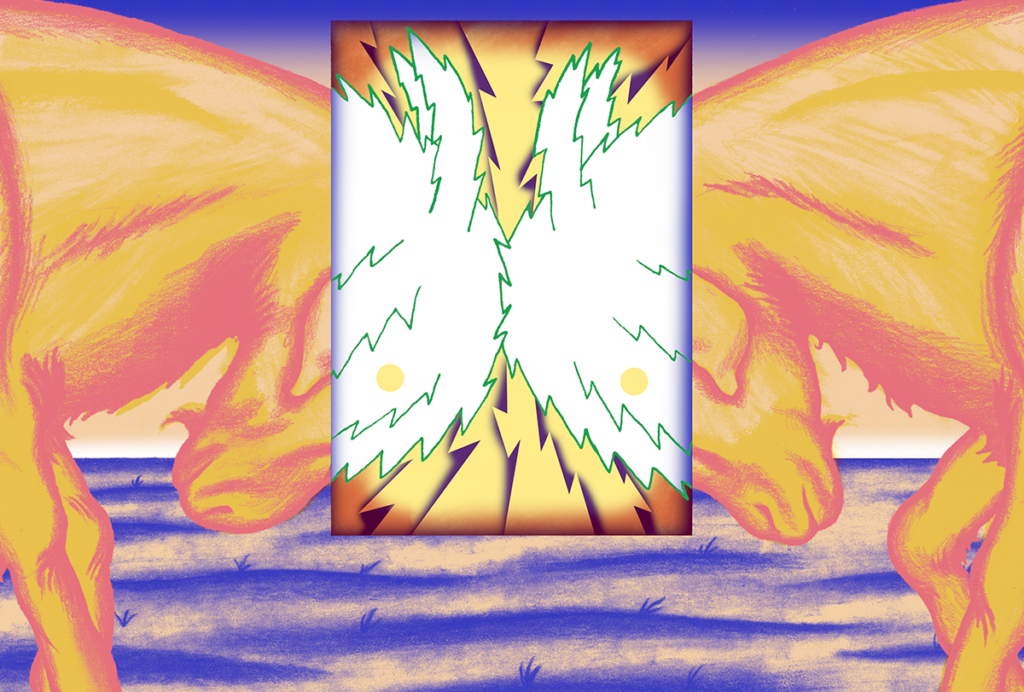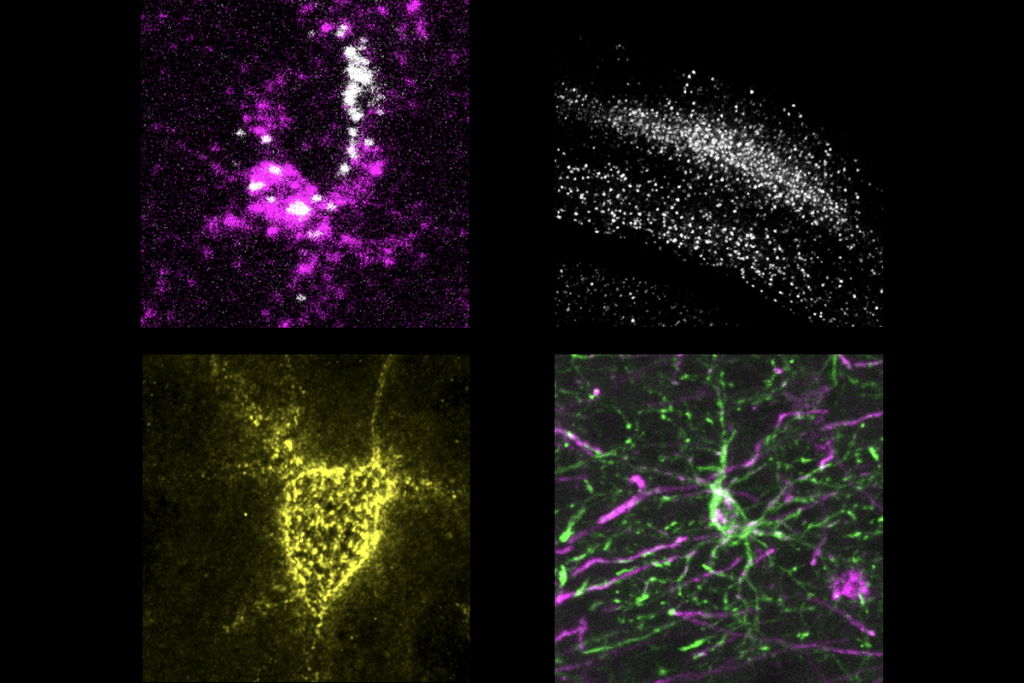Tendency to ‘freeze’ may be measurable feature of autism
Many adolescents with autism experience catatonia, a quantifiable decline in motor ability.

People with autism have a wide range of features, from special interests and social problems to unusual sensory experiences. But some people with the condition also show a progressive slowing of gross movements, almost to the point where they’re hardly moving at all.
Is it a sign of epilepsy or some other condition? Are these people upset about something and engaging in a silent protest? Are they traumatized and in need of counseling? These are all plausible explanations and should be investigated, if only to rule them out. But another possibility is that these individuals have a condition known as catatonia.
Catatonia has long been associated with schizophrenia. But up to 18 percent of adolescents with autism also experience this insidious decline in motor ability1.
Little is known about the causes of autistic catatonia or how best to treat it2. It is also unclear whether autistic catatonia is a comorbid condition or a feature of autism itself. To fill in these gaps, we need a tool that can identify and measure catatonia among people with autism.
In 2006, Lorna Wing and Amitta Shah in the United Kingdom reported that the catatonic-like states seen in people with autism seems to be distinct from those observed in people with schizophrenia and other psychiatric conditions3. Since then, a steady flow of clinical case reports and other studies have confirmed the existence of autistic catatonia.
Measuring immobility:
To better identify autistic catatonia and gauge its severity, we developed a 34-item questionnaire that covers six core features of the condition: the tendency to ‘freeze’ like a statue; the tendency to become ‘stuck’ or have difficulty initiating specific actions, such as eating and drinking; the inability to stop actions once started; difficulty initiating gross movements, such as walking; slowness in movement; and the need for prompts, such as words or gestures, to complete actions4.
Parents, other caregivers or clinicians assign a score between 0 and 4 for each item on the questionnaire, indicating its presence and severity. Individuals with a score other than 0 on three or more features are considered to have autistic catatonia.
We initially called our tool the ‘Autistic Catatonia Questionnaire.’ However, we encountered some resistance to the name when we began to measure catatonia in people with other developmental conditions associated with autism, such as fragile X syndrome, Cornelia de Lange syndrome and Rett syndrome.
As a result, we decided to change the tool’s name to the ‘Attenuated Behavior Questionnaire,’ and use the term ‘attenuated behavior’ to describe catatonic features.
One step closer:
Applying the questionnaire across a range of developmental conditions associated with autism made us realize that attenuated behavior may be associated with the repetitive and restricted behaviors seen in autism. In a yet-unpublished study of individuals with fragile X or Cornelia de Lange syndromes, we found that repetitive behaviors predict the presence of attenuated behavior.
Researchers do not know what causes catatonia in autism. We hypothesize that in some people with autism, there is a gradual breakdown in the neural programs that control gross motor skills5. Whereas people typically use sensory neurons in the skin and muscles to guide their movements, people with attenuated behavior may rely on the visual system. As a result, they get feedback about their movements more slowly than they should.
This theory fits with our observation that physical cues and prompts, which can nudge a person back toward non-visual motor programs, helped one person with attenuated behavior to move as he did before.
This approach may not work for everyone. But we can now at least identify and measure attenuated behavior in autism, which moves us one step closer to developing safe and effective therapies. It is our hope that we can soon get people with attenuated behavior moving again.
Jennifer Breen is trainee clinical psychologist at Royal Holloway, University of London. Dougal Hare is reader in clinical psychology at Cardiff University in Wales.
References:
- Ghaziuddin N. et al. Acta Psychiatr. Scand. 125, 33-38 (2012) PubMed
- DeJong H. et al. J. Autism Dev. Disord. 44, 2127-2136 (2014) PubMed
- Wing L. and A. Shah Int. Rev. Neurobiol. 72, 21-39 (2006) PubMed
- Breen J. and D. Hare J. Intellect. Disabil. Res. 61, 580-593 (2017) PubMed
- Jeannerod M. (1997). The cognitive neuroscience of action. Oxford: Wiley-Blackwell.
Recommended reading
Explore more from The Transmitter

Neuro’s ark: How goats can model neurodegeneration



